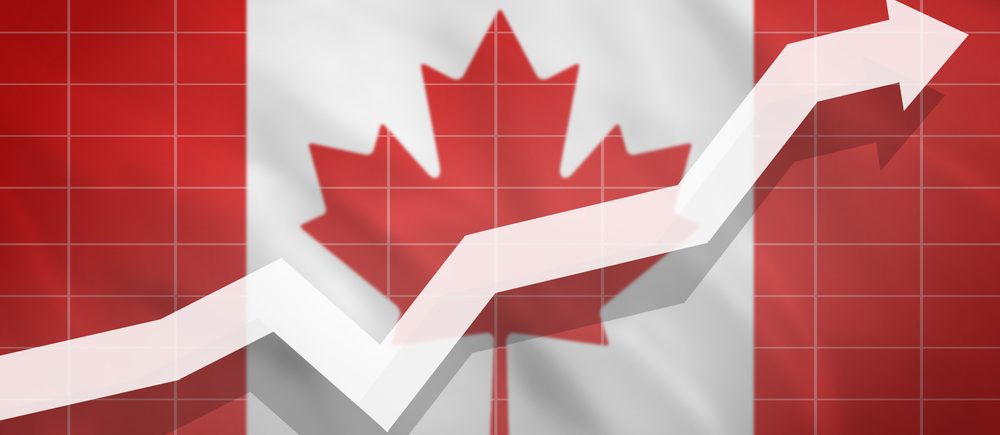The latest batch of Canadian employment data will hit the markets on Friday. So far, it looks that the Omicron wave hit the labour market in January, with forecasts pointing to a drop of jobs. This is probably a temporary setback. The loonie has been driven mostly by risk sentiment in stock markets lately, but over the passage of time, the Canadian currency was able to realign itself with Canada’s strong fundamentals and surging oil prices.
Canada’s Solid Economy
The Bank of Canada hesitated to raise interest rates last week, disappointing market expectations. Policymakers highlighted the risks posed by the Omicron variant, which will likely hold back economic activity for a few months because of the restrictions across the country.
But the commentary around the economy was very cheerful. They noted that inflation is scorching hot, businesses are optimistic, the housing market is booming, oil prices are elevated, and economic growth has been surprisingly strong. Most importantly, the labour market has tightened significantly, pushing wages higher.
In other words, even though the central bank didn’t raise interest rates, it essentially signaled that it will do so several times this year. Money markets are currently pricing in a rate hike at almost every meeting for the rest of the year – a testament to the strength of the economy.
Soft Report
Turning to the upcoming data, forecasts suggest that the economy lost 117k jobs in January amid business closures driven by covid restrictions and adverse weather conditions. That would push the unemployment rate higher by three ticks to reach 6.2%.
While this would clearly be bad news, it wouldn’t be a disaster either. Some damage to the jobs market was inevitable with the restrictions in many provinces, but those are already being relaxed. Hence, it may prove to be only a temporary setback for the economy, similar to previous covid waves.
Bear in mind that America’s jobs report will be released at the same time as Canada’s, so the reaction in dollar/loonie will depend on both datasets.
Taking a technical look at the pair, initial support to declines may be found near the 1.2620 zone. On the upside, the first barrier for the bulls may be the latest high at 1.2795.
The Canadian dollar has been trading mostly as a function of risk sentiment in recent weeks, rising and falling with stock markets. This is natural considering that Canada is a major exporting economy and is therefore vulnerable to shifts in the global environment.
That said, the economy’s fundamentals are robust. The only ‘dark spot’ is wage growth, which remains relatively slow, but given how strong the labour market is, it is probably only a matter of time until it fires up. Additionally, oil prices are very elevated, which is good news for Canada’s massive oil industry and overall economic growth.
Geopolitical tensions are another variable to consider, but luckily for the bulls, an escalation in Ukraine might not hurt the CAD as much as other risky assets thanks to the potential bullish impact on oil prices. Instead, the real risk for the CAD would be a deal between America and Iran that boosts global oil supply.
Adding everything up, the outlook for the CAD remains constructive. While the currency could remain in the hands of risk appetite for now as fears over central bank tightening hit equity markets, over time, it could realign itself with the strong underlying economy and energy prices.

 Noor Trends News, Technical Analysis, Educational Tools and Recommendations
Noor Trends News, Technical Analysis, Educational Tools and Recommendations




